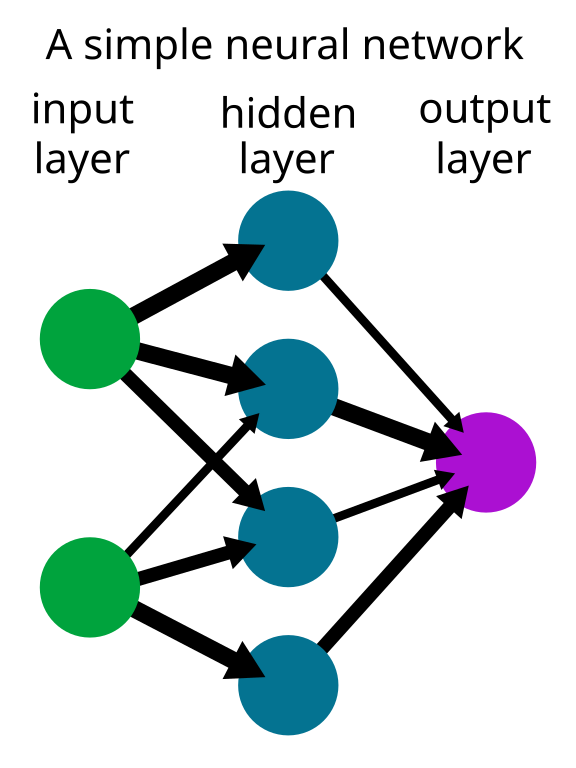Machine learning is a subcategory of artificial intelligence, but in recent times they have become basically synonymous (Meserole, 2018). Artificial intelligence is a field of computer science in which programmers write code that exhibit intelligence.
Early artificial intelligence attempts often used a brute force approach, requiring the creator to include all information and rules for every nuance of decision making. Many important recent advances in the field of AI can be attributed to advances in machine learning.

Why is machine learning becoming more used?
Machine learning relies on statistical analysis and requires a lot of data, so although it was first introduced in the 1950’s, its momentum has developed recently with improvements in storage and processing power. Also, with the rise of internet and electronic systems, data sets have accumulated in unprecedented volumes and from increasingly diverse sources, such as google images, medical records, and police reports to list a few.
What about neural networks?
Neural networks are an important class of machine learning algorithms (Meserole, 2018). It is so named because to calculate the overall resultant probability, the program breaks down the problem into many true or false nodes that are analogous to neurons in the brain.

Each node is connected to others forming a large network, and these connections are usually weighted based on their overall importance in relation to getting the correct result. This means the program must first train on a data set with known expected results. For each entity the weights of connections will adjust based on what probabilities were most related to the correct result.

Is that how facial recognition works?
There is a subset of neural networks known as deep neural networks and are more common for complex algorithms such as for facial or object recognition. Deep neural networks differ in that they have layers of nodes between the initial factors and the end results. These internal nodes are created and determined by the program from the first layer, such as in the case of facial recognition where the first layer is specific lines or curves and then the next layer is a combination of those for slightly more advanced shapes like corners or circles. That pattern repeats through many layers until it is left with the final decision about the face as a whole.

The data sets that algorithms are trained on are very important to the result since each item of the data set will have an effect on all of the weights. If the training data sets do not adequately reflect statistical regularities in the environment, this can lead to a biased result. To read about bias caused by machine learning check out my full length article, including bias in medicine, law and justice, and education. Then possible results and solutions in the future.
Meserole, C. (2018, October 18). What is machine learning? Retrieved from https://www.brookings.edu/research/what-is-machine-learning/


